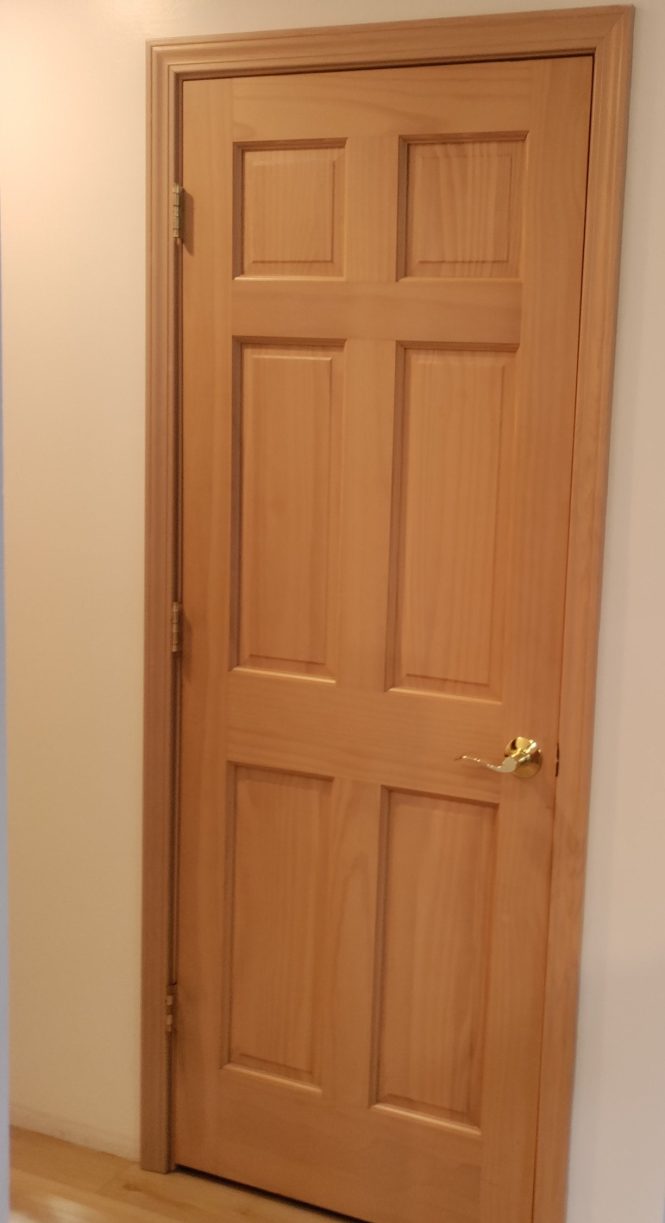

Door sagging is a common issue that can impact the functionality and aesthetic appeal of your home. This comprehensive guide will delve into the reasons behind sagging doors and equip you with practical, actionable solutions to fix them quickly and efficiently. Whether you’re dealing with a stubborn interior door or a troublesome garage door, this guide covers it all. We’ll explore the common causes, effective DIY repair methods, and when professional assistance is necessary. This article will be structured to first explain the common causes, then provide easy-to-follow DIY solutions. Finally, we’ll cover when contacting a professional is the best course of action.
Understanding the Root Causes of Door Sagging
Door sagging can stem from a variety of issues, ranging from simple adjustments to more complex structural problems. Understanding the root cause is the first step towards a successful fix. Often, the cause isn’t immediately obvious, so a thorough inspection is key. A sagging door can be a sign of a larger problem within your home’s framework. It’s not just about the door itself, but also how the door frame is installed and maintained.
Poorly Secured Hinges
Hinges play a crucial role in door support. Loose, worn, or misaligned hinges can lead to sagging. This is one of the most common causes, and often the easiest to fix.
Worn or Damaged Door Frame
Over time, the supporting structure of the door frame might degrade or become damaged. This could be a sign of a more substantial problem that needs addressing to prevent the issue from recurring. It is important to ensure the frame itself is strong and stable.
Inadequate Support from the Floor and Ceiling
The door’s weight is distributed along its entire length. Insufficient support from the floor and ceiling can cause sagging over time, potentially requiring structural reinforcement.
Incorrect Installation
Incorrect door installation techniques are sometimes overlooked. Poor initial mounting can create long-term issues, leading to future door sagging.
DIY Fixes for Sagging Doors
Many sagging doors can be easily addressed with simple DIY repairs. Here are some practical and straightforward methods:
Adjusting Hinge Screws
This is a quick and often effective solution. Slightly loosening or tightening hinge screws can often realign the door and eliminate the sag. Remember to ensure the door remains level and balanced on its hinges after making these adjustments.
Reinforcing the Door Frame
If the door frame is the problem, additional support might be needed. You might consider adding extra bracing or support to the door frame. This could involve reinforcing the existing frame with wood or metal supports, depending on the severity of the sagging and the type of door.
Door Alignment and Leveling
Use a level and adjust the door frame from the ground up. Check the top and bottom of the door alignment. You can use shims or additional supports to level it. This is especially important for doors with noticeable sagging.
Advanced Techniques & When to Call a Pro
Some door sagging issues necessitate more involved solutions.
Replacing Hinges
If hinge screws aren’t helping, the hinges themselves might be the culprit. A professional could be able to help with replacing the hinges. This ensures the new hinges provide stable support.
Repairing or Replacing the Door Frame
If the door frame is damaged, cracked, or structurally compromised, it’s usually best to contact a professional to address this. A proper assessment can determine the severity of the issue and whether further structural reinforcement or replacement is needed.
Installing Additional Support
In some cases, installing additional supports like wall or ceiling support braces is an effective solution. Consider consulting a professional, especially for heavier doors.
Additional Factors and Considerations
Several factors can contribute to door sagging. Always address the underlying cause, and don’t just treat the symptoms.
Door Weight
Heavier doors are more prone to sagging than lighter ones. Consider door weight when addressing the issue, as heavier doors will require more support.
Door Size
Tall or wide doors can also be more susceptible to sagging, as they have a larger surface area for the weight to act on. Always take into consideration the size of the door for effective repairs.
Preventing Future Sagging
Regular maintenance can help prevent future sagging. Consider these tips:
Regular Inspection
Regularly checking for signs of wear and tear, such as loose hinges or damage to the door frame, can help proactively address sagging problems before they become severe.
Proper Care and Maintenance
Maintaining the door’s structure and supporting components can prevent excessive wear and tear.
Finally, fixing door sagging isn’t just about aesthetics; it’s about structural integrity. By understanding the root causes and employing the right solutions, you can ensure your doors remain functional and safe. Remember to prioritize safety precautions during any repair or replacement process. If the problem persists, consult a professional for expert guidance. Now, go ahead and enjoy the smooth operation of your doors! Take action today and restore the functionality of your doors!